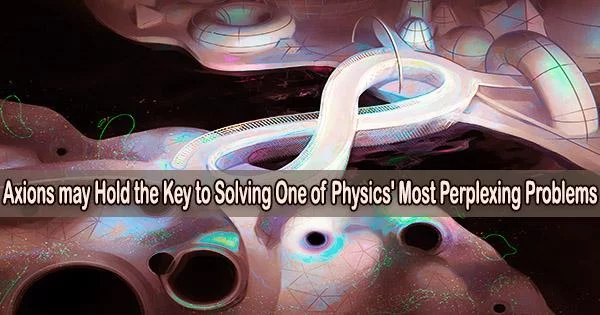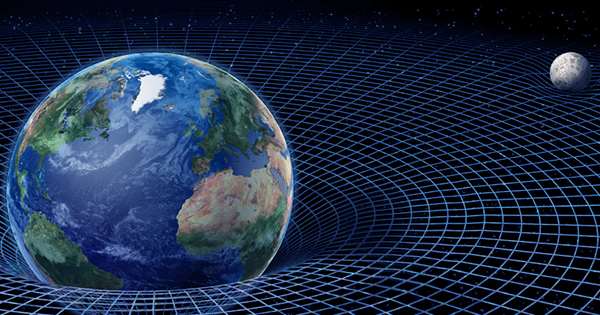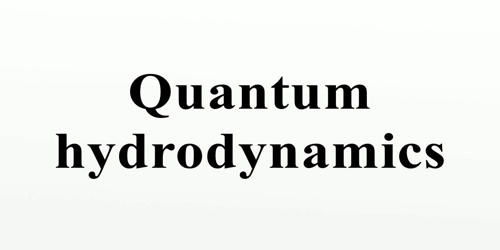The so-called “Strong CP Problem” is one of the most well-known riddles in modern physics. Because quarks, the smaller, fundamental particles that make up neutrons and carry electric charges, are present in them, it is a perplexing fact that neutrons do not interact with electric fields.
The Standard Model of physics, or the collection of hypotheses that scientists have long used to describe the rules of nature, is called into doubt by the Strong CP Problem.
Theoretical physicists at the University of Minnesota Twin Cities have headed a team that has developed a fresh approach to the hunt for axions, hypothetical particles that might shed light on this puzzle. The innovative approach of the physicists, developed in collaboration with experimentalists at the Fermilab National Accelerator Laboratory, opens up new possibilities for axon detection in particle collider studies.
The researchers’ paper is published and featured as the Editor’s suggestion in Physical Review Letters.
“As particle physicists, we’re trying to develop our best understanding of nature,” said Zhen Liu, co-author of the paper and an assistant professor in the University of Minnesota School of Physics and Astronomy.
“Scientists have been tremendously successful in the past century in finding elementary particles through established theoretical frameworks. So, it’s extremely puzzling why neutrons do not couple to electric fields because in our known theory, we would expect them to. If we do discover the axion, it will be a great advance in our fundamental understanding of the structure of nature.”
Collider experiments are one of the main ways to research subatomic particles and maybe find new ones. In essence, researchers make beams of particles collide, and when they do, the energy they release causes new particles to form that travel through a detector and allow scientists to study their properties.
Scientists have been tremendously successful in the past century in finding elementary particles through established theoretical frameworks. So, it’s extremely puzzling why neutrons do not couple to electric fields because in our known theory, we would expect them to. If we do discover the axion, it will be a great advance in our fundamental understanding of the structure of nature.
Professor Zhen Liu
The method put out by Liu and his team entails measuring the “decay” product, or what transpires when an unstable heavy particle converts into several weaker particles of the hypothetical axion into two muons, which are basically the heavier counterpart of the electron.
The researchers feel they have a chance to find the axion and demonstrate its existence by reconstructing such decays going backward from the muon tracks in the detector.
“With this research, we’re expanding ways we can search for the axion particle,” said Raymond Co, co-author of the paper and a postdoctoral researcher in the University of Minnesota School of Physics and Astronomy and William Fine Theoretical Physics Institute.
“People have never used axion decay into muons as a way to search for the axion particle in neutrino or collider experiments before. This research opens up new possibilities to pave the way for future endeavors in our field.”
Liu and Co, along with University of Minnesota physics and astronomy postdoctoral researcher Kun-Feng Lyu and University of California, Berkeley postdoctoral researcher Soubhik Kumar, are behind the theoretical part of the research. They are a member of the ArgoNeuT collaboration, which gathers theorists and experimentalists from all around the nation to investigate particles using experiments at Fermilab.
In this publication, the experimental researchers and the theoretical team, lead by the University of Minnesota, searched for axions using their innovative method and data from the ArgoNeuT experiment. The researchers to improve their theoretical estimates of the axion production rate in the future will use the experimental results.
















